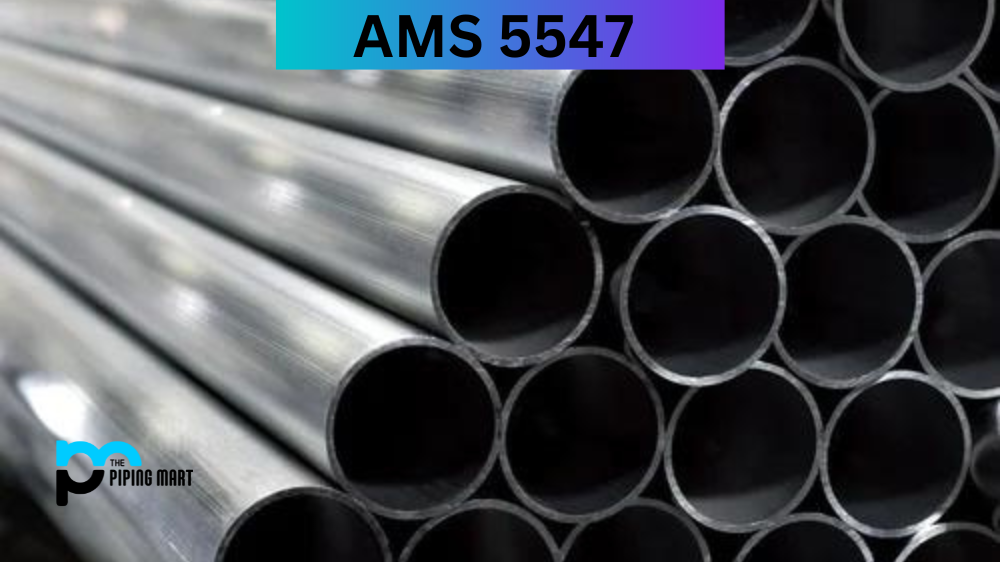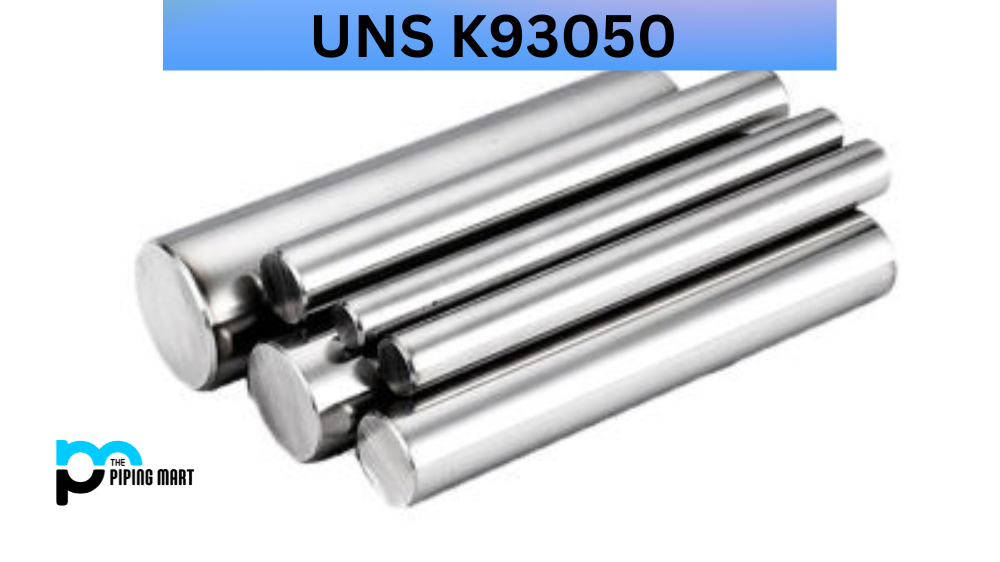Anyone who works in aerospace engineering and other highly demanding industries must thoroughly understand the materials they work with. One such material is the alloy known as AMS 5547, which has become an essential component in many high-stress applications. This blog will dive deep into the composition, physical and mechanical properties, uses hardness, and heat treatment of AMS 5547.
What is AMS 5547?
AMS 5547 (also known as 355 Stainless Steel) refers to a specific material standard used in the aerospace industry. This material is a corrosion-resistant steel alloy known for its high strength and durability. It is commonly used in aircraft engines exposed to extreme temperatures and pressures. AMS5547 is often used to replace other materials that may not hold well under such conditions. Regarding aerospace applications, quality and reliability are of the utmost importance, which is why AMS5547 is such a popular choice amongst engineers and manufacturers in the industry.
AMS 5547 Composition
AMS 5547 sheet is a high-strength, corrosion-resistant alloy that contains chromium, nickel, molybdenum, and iron. The alloy is age-hardenable, which means it can be strengthened by heat treatment. Typically, AMS 5547 has a composition of 20-23% of chromium, 4-6% of nickel, 0.4-1% of molybdenum, with the remainder being iron.
| Chemical Composition Limits | ||||||||||
| Weight% | C | P | Si | Ni | N | Mn | S | Cr | Mo | Fe |
| AM 355 | 0.10 – 0.15 | 0.040 max | 0.50 max | 4 -5 | 0.07 – 0.13 | 0.50-1.25 | 0.030 max | 15-16 | 2.5-3.25 | Bal |
AMS 5547 Physical Properties
Some of the physical properties of AMS 5547 tubing that make it attractive for use in aerospace and other industries include its high strength, excellent fatigue resistance, and good toughness at low temperatures. The alloy is also highly resistant to environmental attack, making it ideal for harsh environments.
| Properties | Metric | Imperial |
|---|---|---|
| Density | 7.7 – 8.03 g/cm3 | 0.278 – 0.290 lb/in³ |
AMS 5547 Mechanical Properties
Mechanical properties of AMS 5547 sheet include high tensile strength, yield strength, elongation, and reduction in area. The hardness of AMS 5547 alloy can be increased through various heat treatments. The alloy can be machined easily, but carbide tooling should be used due to its hardness.
| Properties | Metric | Imperial |
|---|---|---|
| Elastic Modulus | 190 – 210 GPa | 27557 – 30458 ksi |
| Poisson’s Ratio | 0.27 – 0.30 | 0.27 – 0.30 |
AMS 5547 Equivalent
- AISI 634
- AMS 5743
- AMS 5549
- AMS 5743
- AMS 5744
- ASTM A564
- ASTM A579
- ASTM A693
- ASTM A705
- MIL S-8840
- UNS S35500
AMS 5547 Uses
AMS 5547 is primarily used in aircraft engines, landing gear components, high-stress bolts, and other demanding applications that require high strength, corrosion resistance, and good fatigue properties.
AMS 5547 Hardness
Depending on the application, AMS 5547 can be heat-treated to achieve different hardness levels. The alloy can be solution annealed at temperatures between 1825°F to 1900°F followed by age hardening to achieve a maximum hardness value of HRC 47-50. Higher hardness can be achieved by further ageing.
AMS 5547 Heat Treatment
Heat treatment is a critical process in the manufacturing of AMS 5547 alloy. Solution annealing is carried out at high temperatures, usually around 1825°F, to homogenize the alloy and remove residual stresses. Age hardening is then carried out at a lower temperature between 1350°F and 1425°F to improve the properties of the alloy.
Conclusion:
AMS 5547 material has become a crucial component in many high-stress industries. Understanding its composition, physical and mechanical properties, hardness, and heat treatment is essential to ensure it is used appropriately. This alloy’s impressive range of properties makes it a top choice for applications that need reliability, corrosion resistance, and high strength. By understanding AMS 5547, engineers can make better decisions when selecting project materials.

Meet Bhavesh, a seasoned blogger with a wealth of knowledge and experience. From metal products manufacturing to retail, Bhavesh has a diverse background in various industries and is dedicated to sharing his insights and expertise with readers.




